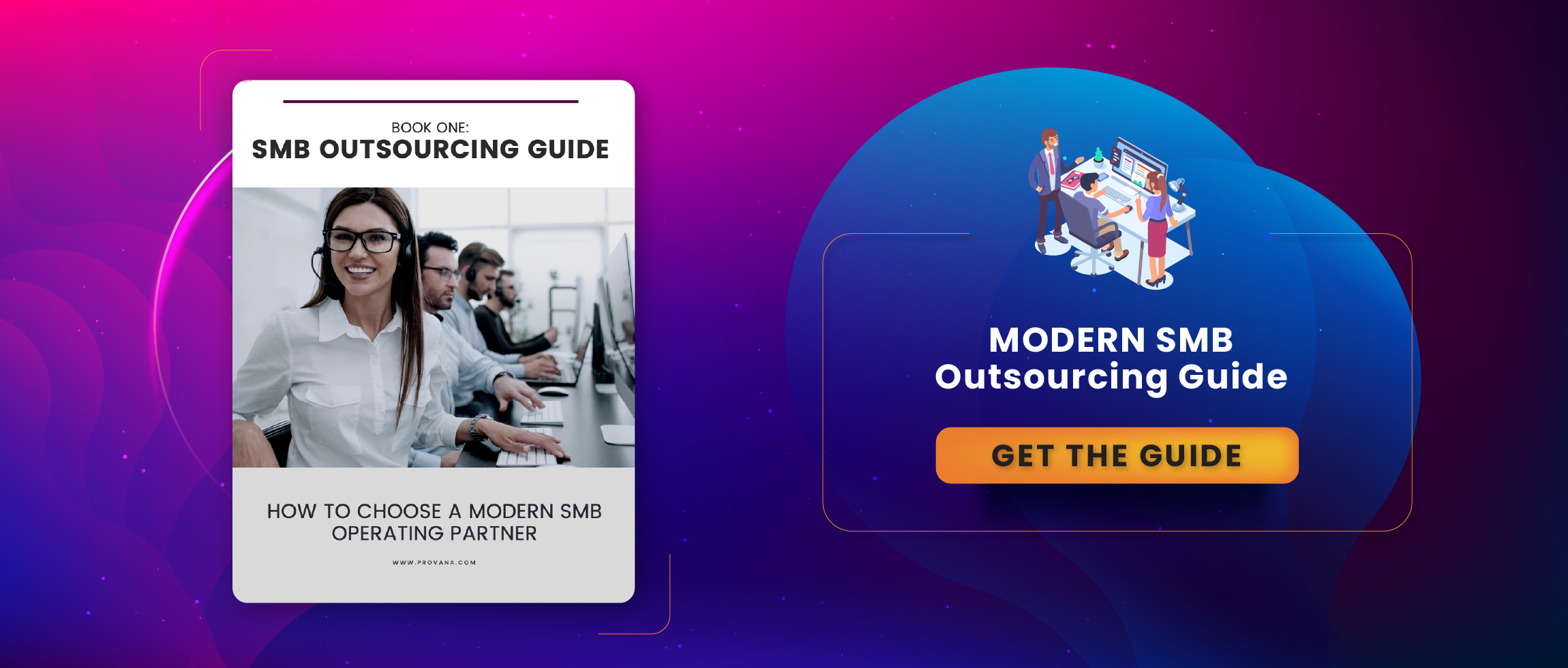5 Production Management Questions to Ask a Potential BPM Partner
- July 14, 2022
- Category: Business process management

Finding qualified staff amid the current talent crisis can be daunting for any small or medium collection business. This explains why outsourcing is emerging as the most viable option in the collection universe for augmenting staffing capacity and keeping up with surging demand. Interestingly, more and more collection players are now choosing Business Process Management (BPM) over Business Process Outsourcing (BPO). Curious to know why? Partnering with a BPM provider not only takes away the pain of recruiting and retention but also takes the problem of process management off the leadership’s hands, unlike BPO.
However, even with its benefits, BPM can have its fair share of issues if you don’t vet your BPM partner properly on their Production Management, Transition Management, Compliance, Resource Management, SOPs, and KPIs practices. With our “Questions for A Potential BPM Partner” blog series, we tried to help you avoid these missteps that can otherwise cause your collection business to experience a lack of productivity, disconnected workflows, and unexpected data breaches. For the last blog in the series, our focus, this time, will be on Production Management.
Production Management is the core of any BPM operation. No wonder it’s important to learn how a service provider will run their operations to make resources fungible, track metrics, and continuously improve the quality of results. Some of the key questions to ask on this topic are:
1. "What is your staffing strategy to make resources fungible?"
Remember – a well-run BPM operation should make resources completely interchangeable, so the client does not notice any disruptions in the event of employee turnover.
Fungibility, a measure of similarity between skills, can enable a BPM service provider to plan their workforce requirements in a much better way. So, ask each candidate service provider about their recruitment and training strategy that they use to make their resources fungible, to unlock their potential to do a variety of things. Learn what all re-skilling and up-skilling programs the service provider runs to make their resources perform better.
2. "What is your staffing ratio per client?"
A staff per client ratio means the average number of staff that are available for each client in their project. Having this number can help you determine if you will receive the level of dedicated project support you need if you end up partnering with a particular service provider. The second step is to compare the average ratio to industry benchmarks or the number you have in mind.
3. "What are the tools you use to manage the production workforce? Can you demonstrate your production workforce management system?"
Ask each candidate service provider to demonstrate their production workforce management system to you so that you know how they optimize the productivity of their agents and manage staff schedules to accomplish a particular task on a day-to-day and hour-to-hour basis. The same workforce management system should also help you get a glimpse of the processes they use for time and attendance, employee performance management, compliance, and leave planning.
4. "How do you check for the quality of outcomes?"
All BPM providers have some kind of quality assurance initiative implemented in their business. So, begin with asking what distinct and intuitive KPIs they are using to cut down call rejection rates, improve collection yield, or better manage court queues. For a collection agency, metrics such as Right Party Contacts (RPC) rate, and Percentage of Outbound Calls Resulting in Promise to Pay (PTP) make more sense from a QA perspective while for a collection law firm, metrics like the number of suits reviewed per month and number of filings per month will matter most. Depending on the nature of your business, scan for the correct KPIs and score.
Given quality assurance is a subjective yet very detail-oriented process, an ideal BPM provider should have predefined workflows to ensure the right KPIs are put in place via comprehensive SOPs – a sample of which you can always ask for.
5. "Can you share SPC charts and sample reports with us?"
Statistical Process Control or SPC charts are used for continuous improvement of a process using several techniques. The sample SPC shared with you by the service provider can help you understand how the service provider will:
- Find and correct problems as soon as they occur
- Predict the expected outcomes of a process
- Determine whether a process is in a stable condition
- Provide information on which areas to prioritize, to improve the process
Specific operational results and KPIs vary for every business, so these are the hardest to describe generically. The best way to see the level of measurement in the operation is to get a demo of the provider’s process intelligence dashboards. Or look at some anonymized or sanitized reports from their production workforce management system.








